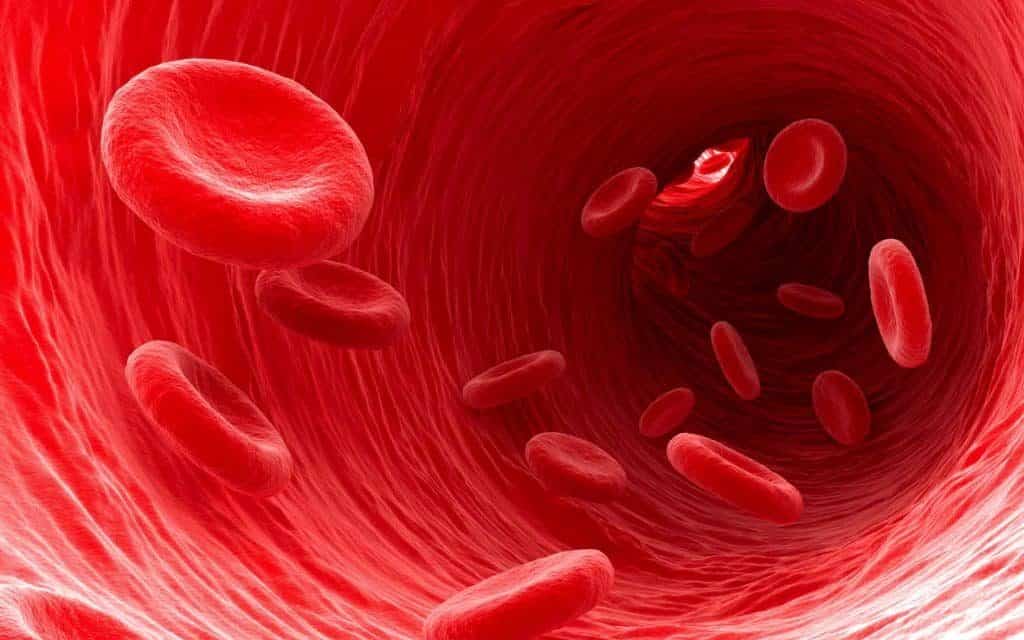“Reducing healthcare disparities is crucial to improving the quality of cancer care, as demographic and socioeconomic factors may affect care quality and outcomes,” explains Yazan F. Madanat, MD. “Racial and ethnic differences affect the disease characteristics and survival outcomes in many solid tumors, and this disparity is also reported in acute myeloid leukemia. However, the impact of race/ethnicity on myelodysplastic syndrome (MDS) is less clearly defined.”
To address this knowledge gap, Drs. Madanat, Goksu, and colleagues conducted a study—published in Leukemia & Lymphoma—that assessed the differences in disease characteristics and survival outcomes based on racial and ethnic background in patients with MDS using the SEER population-based database. “We hypothesized that there are racial disparities in the clinical characteristics and outcomes of patients with MDS,” Dr. Goksu says. “We identified patients diagnosed with MDS between 2004 and 2016 (N=52,031), among whom we analyzed disease characteristics and patient outcomes among three groups based on race/ethnicity: Hispanic, non-Hispanic White (NHW), and non-Hispanic Black (NHB).”
Non-Hispanic Whites Had Worse Prognosis Than Other Groups
Overall survival (OS) was significantly linked with race in patients with MDS. Compared with Hispanic and NHW patients, NHB patients had a longer duration of median OS. “NHW had a higher proportion of older patients (≥ 75) and represented a worse prognosis than others,” Dr. Madanat notes. “Among the MDS subgroups, those with increased blast percent (including MDS-EB1 and MDS-EB2) were considered to have higher-risk MDS. Compared with others, NHB patients had a higher rate of lower-risk MDS, whereas Hispanic patients had a higher rate of higher-risk MDS and chemotherapy treatment for MDS when compared with others. Our study also indicated an association between regional distribution and race/ethnicity. Hispanic patients were more frequently located in the Western region compared with NHW and NHB patients, whereas NHB patients were mostly concentrated in the Southern region.”
Overall incidence rates for MDS were 7.81, 5.17, and 6.46 per 100,000 among NHW, Hispanic, and NHB patients, respectively. NHB and Hispanic patients had a notably lower incidence rate among the overall population in both sexes and in older age groups (≥50) when compared with NHW patients. In the younger age group (<50), however, compared with NHW patients, NHB patients had a significantly higher incident rate ratio for MDS (Table).
NHB Patients Had Significantly Better Overall Survival
“Our study reveals the impact of racial and ethnic differences in survival outcomes in patients with MDS,” Dr. Madanat says. “MDS has significant differences in age at diagnosis, disease risk, and survival outcomes based on racial and ethnic backgrounds, and NHB patients had significantly better OS and cause-specific survival than Hispanic and NHW patients. To our knowledge, this study reports the largest population-based analysis with the longest follow-up, specifically looking at such differences in MDS patients.”
Drs. Madanat and Goksu, and colleagues concur that racial and ethnic differences among patients with MDS should be considered as prognostic factors, helping to determine patients at risk for mortality. “Evaluating the effect of socioeconomic and demographic factors on cancer outcomes can potentially guide clinical management and risk assessment,” Dr. Madanat adds.
The study team would like to see further research incorporate treatment patterns, as well as cytogenetic and genomic information, to isolate factors that may determine the racial and ethnic differences observed in their study. “In addition, to identify the most accurate age-adjusted incidence rate, there is a tremendous need to improve MDS registries,” Dr. Madanat says.




